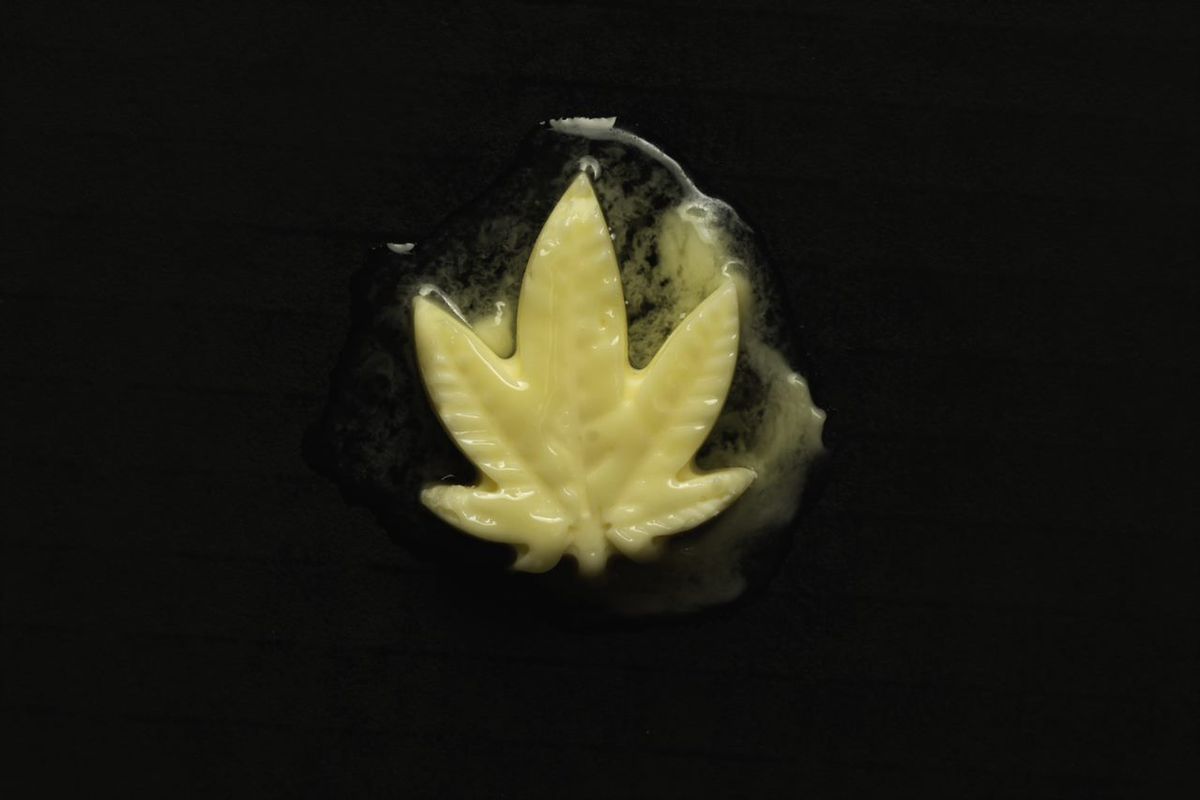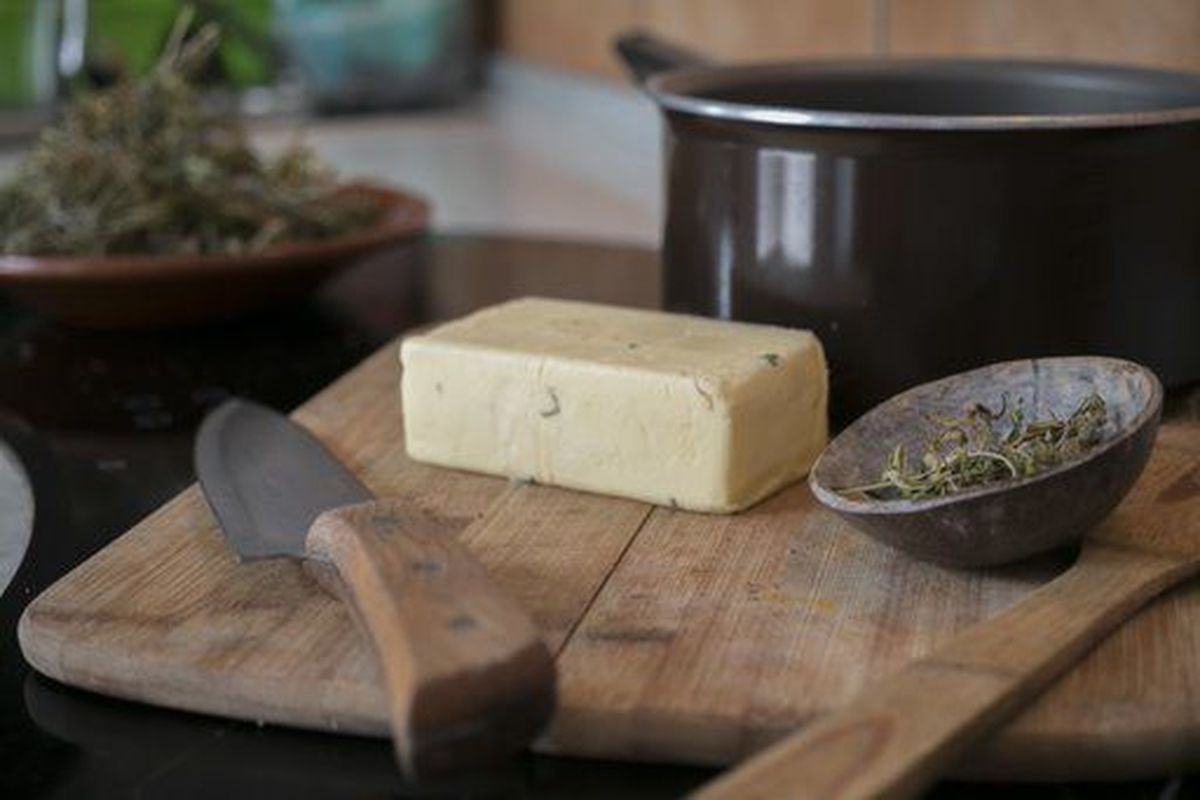Cooking with Cannabis: Fat infusions done right
One of the most popular and simple ways to ingest your cannabis is through edibles. At cannabis shops, you can get some lovely treats, but the prices! Plus, if you have any kind of tolerance, as most of us do, you’ll have to buy a lot because of dosing guidelines. Instead, consider making your own, which gives you control over dosage, taste, and price.
In future columns, I’ll be sharing all kinds of recipes and ideas, but for now we’ll start with the basics. And forewarning: These recipes won’t be anything fancy or foo-foo. I want people to be able to affordably infuse their food with medicine like our great grandmothers did.
Let’s begin with fat infusions. Once you have fat infusions down, you’ll be amazed at all the incredible delicious fun stuff you can make. Plus, your friends will love you even more. This is the method I use in class; it’s easy, adaptable, and effective.
Decarb: To get maximum benefits from your cannabis, you need to decarboxylate it – heat it to remove that extra carbon molecule and make the THC available. Place flower bud or shake onto a rimmed baking sheet and spread evenly. Cover with foil and toast gently at 250 degrees for 30 minutes. Keep it covered as it cools slightly, then crumble it up.
Cook: A good rule when making cannabutter or cannaoil is 1:1. In other words, 1-ounce shake or bud to 1-pound unsalted butter or 16 ounces oil. If you use shake (leaves), you’ll need to use three to four times as much as there are fewer cannabinoids than in plants. Once you get this down feel free to experiment; if you need a stronger product, increase the cannabis, and if it’s too strong, cut back.
It’s also a good idea to keep track of the strain you’re using and the effect so you can replicate next time if it turns out well.
Place the cannabis and your butter or oil in a double boiler or bowl set over a pan of simmering water. A crock pot is good too, just remember to stir frequently and to add about a cup of water so the pot and fat don’t burn. Cook at a low simmer – barely bubbling, stirring often – for 4-5 hours. Too short a time and you don’t get all the THC; too long and it degrades. When it’s cooked, strain it thru cheesecloth and a sieve into a glass container and refrigerate. If using a crock pot, lift off the fat and discard water before use.
Dosing: I encourage you to approach this not like Western medicine, but like the folk medicine it is. You can estimate 100 mg of THC in one gram of cannabis. This is probably a bit high, but I’d rather you err on the side of caution. So, for one ounce – 28 grams – of pot you’re looking at approximately 2,800 mg of THC. Then just divide down; if you’re using a cup of infused butter to make 24 cupcakes – that’s 1,400 divided by 24 – each cupcake will have around 58 mg of THC. Yes, that’s a lot.
Starting out you want closer to 5-10 mg per serving. Remember you can play with all of this; if you want less THC, use half infused and half plain butter. If you’re using hemp to make a CBD product, it’ll be closer to 50 mg CBD per gram.
More: As you can see, cooking with cannabis is about learning what works for you. The effect you get from what you cook depends on the strain, how it was prepared, and the amount ingested as well as other variables, so the word is caution.
If you do eat too much – and when you’re starting out, you probably will – the good news is it won’t hurt you. You’ll feel weird and usually bed is your best bet, and chewing a few peppercorns helps. Just read up on what to expect, go slow, and most importantly – have fun!
If you have any questions, concerns or comments, I would love to hear from you at mary@maryjwhite.com.

